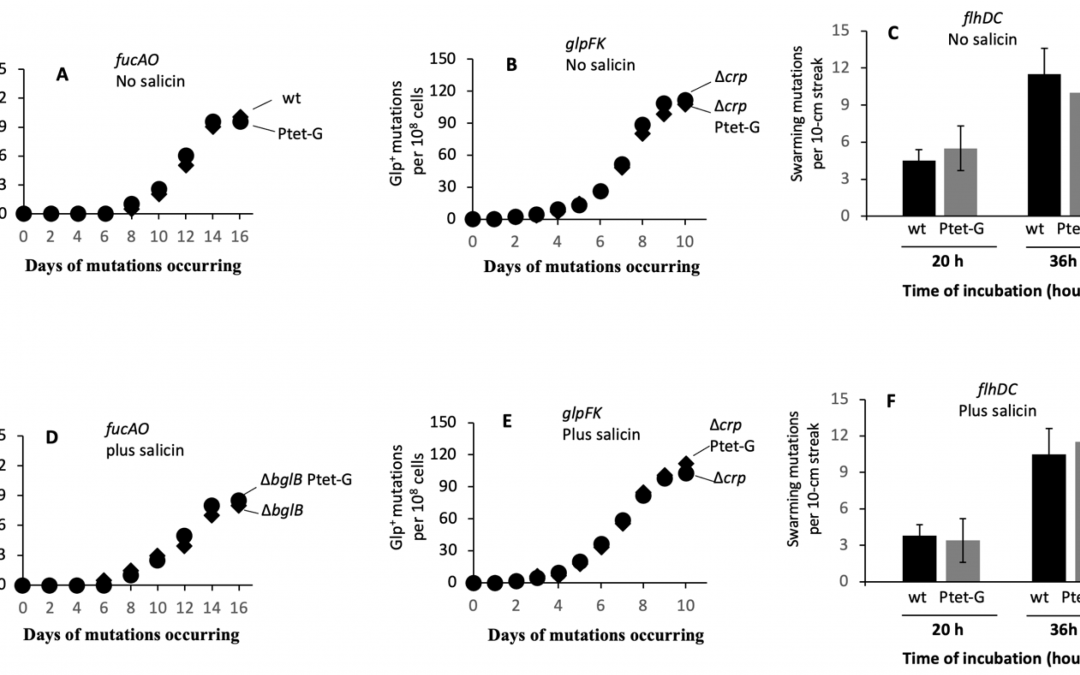Dr. Zhang, MSc Kingswell Zhou, MSc Dennis Tran and Dr. Saier just published a paper in the journal International Journal of Molecular Sciences. The title is: Insertion Sequence (IS) Element-Mediated Activating Mutations of the Cryptic Aromatic β-Glucoside Utilization (BglGFB) Operon Are Promoted by the Anti-Terminator Protein (BglG) in Escherichia coli. For your convenience, this is the link to PubMed.
Abstract
The cryptic β-glucoside GFB (bglGFB) operon in Escherichia coli (E. coli) can be activated by mutations arising under starvation conditions in the presence of an aromatic β-glucoside. This may involve the insertion of an insertion sequence (IS) element into a “stress-induced DNA duplex destabilization” (SIDD) region upstream of the operon promoter, although other types of mutations can also activate the bgl operon. Here, we show that increased expression of the bglG gene, encoding a well-characterized transcriptional antiterminator, dramatically increases the frequency of both IS-mediated and IS-independent Bgl+ mutations occurring on salicin- and arbutin-containing agar plates. Both mutation rates increased with increasing levels of bglG expression but IS-mediated mutations were more prevalent at lower BglG levels. Mutations depended on the presence of both BglG and an aromatic β-glucoside, and bglG expression did not influence IS insertion in other IS-activated operons tested. The N-terminal mRNA-binding domain of BglG was essential for mutational activation, and alteration of BglG’s binding site in the mRNA nearly abolished Bgl+ mutant appearances. Increased bglG expression promoted residual bgl operon expression in parallel with the increases in mutation rates. Possible mechanisms are proposed explaining how BglG enhances the frequencies of bgl operon activating mutations.



